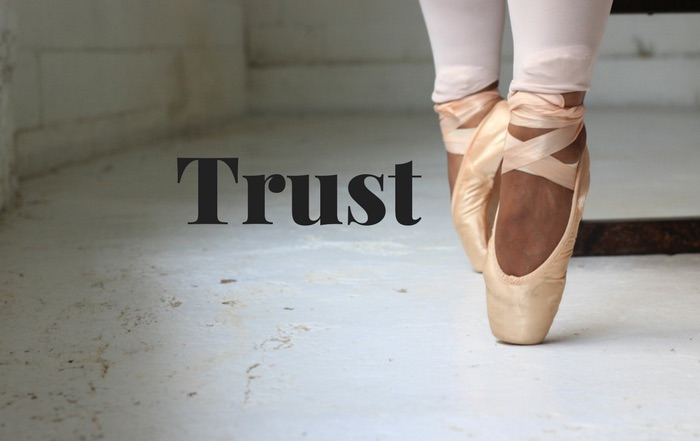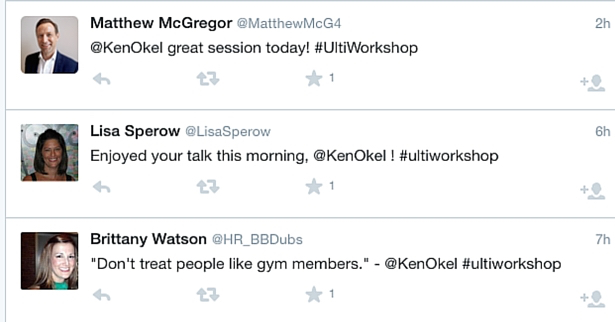 While most agree that trust and employee engagement go together, figuring out how to boost them can be a mystery. This comes at a time when trust in the workplace is at an alarming low level.
While most agree that trust and employee engagement go together, figuring out how to boost them can be a mystery. This comes at a time when trust in the workplace is at an alarming low level.
According to a study from EY (formerly Ernst and Young), less than half of the 9,800 global respondents (46%) have a “great deal of trust” in their current employers. When it comes to trusting your boss or colleagues, the number in that response is 49%.
It’s one thing to do a trust exercise at a company retreat and another on Monday morning, back at the office. Later, you’ll learn some ways to start a discussion of trust and employee engagement but first let me tell you a short story about trust from my days in professional ballet.
You may have seen a particular dance that sees a ballerina run across the stage, jump high into the air, be caught by her partner, and then brought safely to the ground. When it’s executed correctly, it’s a hold your breath moment of beauty.
I learned this entire move is based on the trust between the two dancers. The ballerina has to have 100% of her focus on jumping as high as possible, as gracefully as possible. She can’t think about whether her partner will catch her or if she’ll fall and get hurt. Doubting her partner will affect her performance.
It’s much the same situation for that partner. He has to put all of his focus into the catch. There’s no time to doubt the ballerina’s ability to dance. All of his attention has to be on the catch, as little factors could require a split-second decision. These could include adjusting to a slight change in the jump or if it’s a hot day and costumes have become slick with perspiration.
Two people, united in trust, knowing the other person will get the job done Can this level of trust and employee engagement be the goal in your organization?
Let’s take trust out of the world of dance and into your office. Think about your answers to these questions:
- When asked to supply information or perform a task, can the other person assume you’ll do it?
- Will work not get done unless there are multiple reminders?
- If someone can’t perform a task for you, will you find out as soon as possible?
- While performing a task like copying documents, an employee may notice a problem like a typo. Will the employee mention the typo or merely copy the documents, knowing the error exists?
- If there is a planned or unexpected absence, will an employee’s vital work continued to be performed and has an easy path to performance been shared with coworkers?
In most cases, when people say the answer to one of these questions is, “No,” then a lot of time is likely spent, fixing the problem. That adds up as a long term drain on productivity.
Honestly consider your answers and use them as a roadmap to improve trust in your workplace. Changing work culture doesn’t happen overnight but assessing your environment is a good start.






